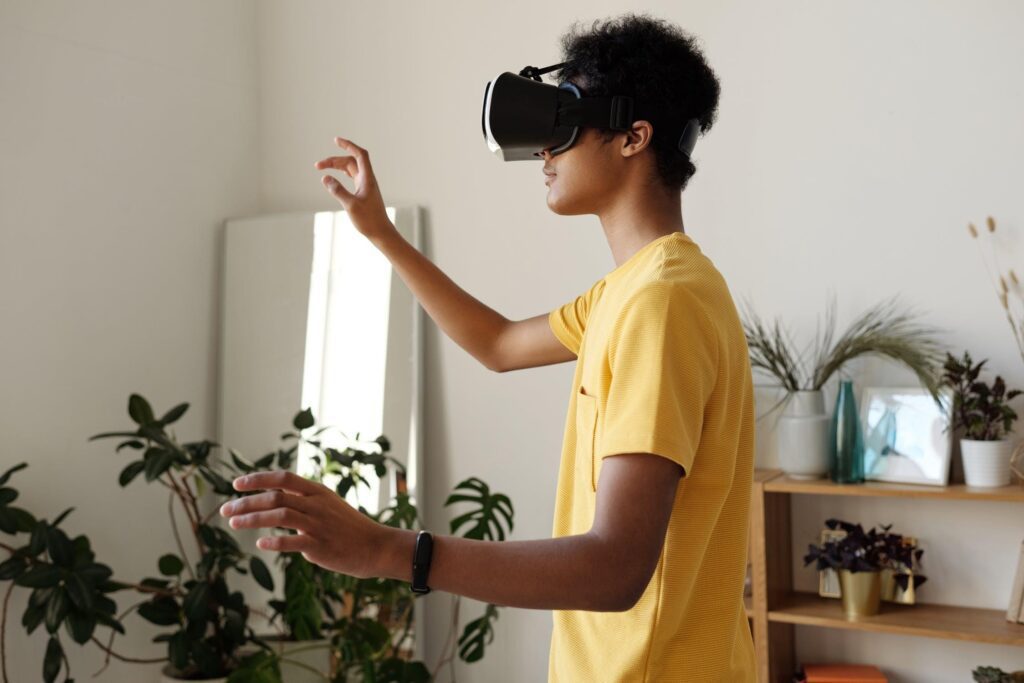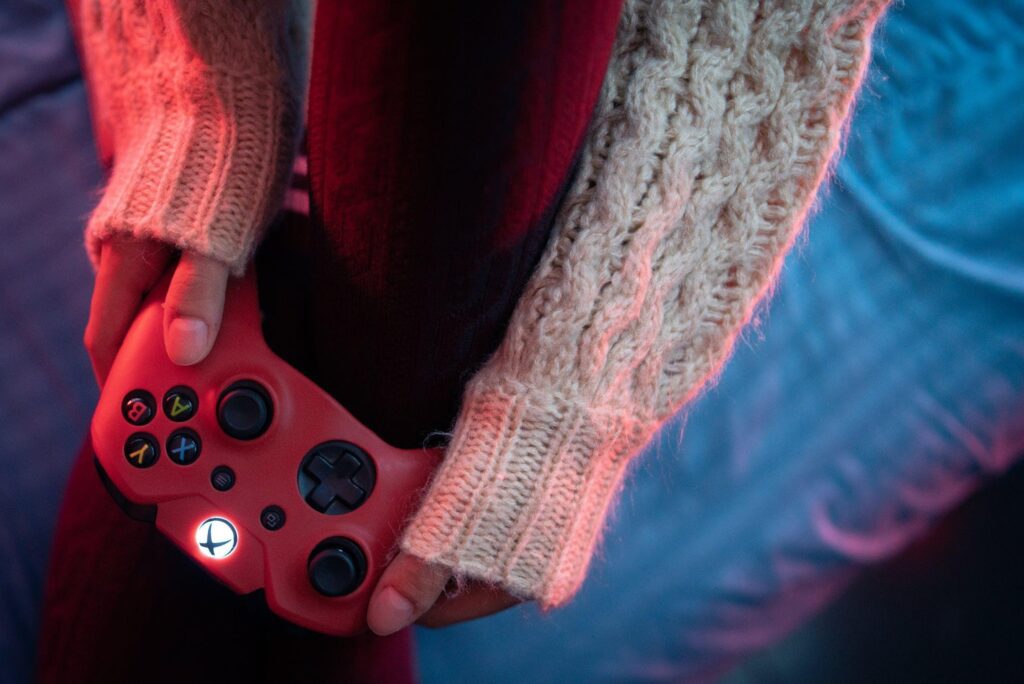Historically, the gaming industry has been slandered for its negative effect on mental and physical health and its positive impact has been somewhat ignored. We’d like to change that, so read on to find out how gaming can benefit people with brain injuries…
The road to recovery after brain damage is a long one, so it’s vital that patients explore all avenues and ensure that the treatment they’re receiving is right for them. Recent research has suggested that gaming may help traumatic brain injury (TBI) patients recover their physical and cognitive abilities faster than traditional therapy.
Although gaming, on the face of it, may seem like a simple distraction, there are several benefits to be explored. Video games can engage several parts of the brain at once, trigger old and new ways of thinking, and even promote neuroplasticity.
In this post, we’ll explore how gaming can benefit people who have suffered with brain injuries, the sorts of games they should be playing, and some of the assistive equipment you can buy. So, let’s get started.
What is Serious Gaming?
There have been numerous studies into the effects of gaming on brain injury patients, many of which have used ‘serious games’ as a form of rehabilitation. These have shown significant improvements in patients.
Serious games are games that are designed for a primary purpose other than entertainment. The key concept of serious gaming is the effective implementation of goals, rules, challenges, and other fantasy elements, to motivate and engage the users toward achieving real-life goals.
In 2018, a study tried to determine whether rehabilitative digital gaming facilitates, using serious gaming, improved the general well-being of people with TBI. The study found that all participants showed overall improvement and that there are several significant similarities between entertainment and rehabilitative gaming.

Video Games Can Improve Neuroplasticity
As mentioned previously in this post, video games that require specific skills can help stimulate connections between different neurons of the brain i.e., neuroplasticity.
For the brain to recover, neuroplasticity requires high repetition for it to activate. Stroke patients are likely to need to perform more than 100 repetitions per day to demonstrate significant functional improvement.
Similarly, video games that involve of repetitive talks can prove incredibly useful to TBI patients. The more fun and engaging the content, the more likely the player is to repeat similar exercises, thus stimulating the brain and its activity.
What are the Cognitive Benefits of Gaming?
As well as manual dexterity and improving the brain’s grey matter, several studies have analysed the cognitive benefits of video games. Brain performance can improve due to the functions used in the brain while playing a game. Some examples of the cognitive benefits of playing video games include:
Recognition Ability
This is the brain’s ability to identify stimuli, i.e. situations, places, people, and objects, that have all been experienced before. Video games have been known to improve a player’s recognition ability by placing them in situation that sparks a certain emotion and makes it possible to recover stored information.
Spatial Memory
Spatial memory is the storage and retrieval of information within the brain, such as locating an object or remembering where a location occurred. A study found that playing video games, like Tetris that concentrate on manipulating and moving objects, improved spatial skills in older adolescents.
Reaction Time
Games that require a quick response, such as an action game, stimulate the brain to speed up reactions. This is particularly helpful in patients who have experienced traumatic brain injuries as it provides an efficient training regimen for patients to react quicker without decreasing performance.
Visual Processing Ability
Some studies have shown that video games may not only sharpen the visual processing skills of frequent players, but they could also improve the brain’s ability to learn visual skills. Gamers must visually analyse a multitude of situations, something that brain injury patients must also relearn when their cognitive ability has declined.
Attention Skills
Concentrating for long periods at a time can be particularly hard for patients who have suffered brain damage. Some studies have claimed that one hour of gaming a day can seriously improve the brain’s ability to focus and digest information.
Types of Video Games to Play
There are thousands of games that can be useful to TBI patients for a several different reasons. The above list mentions just a few of cognitive benefits, but it is completely dependent on the gamer and the type of game the user likes to play.
Even simple games like Super Mario have been shown to improve brain function, but you can find much more complex games, catered specifically to the patient’s needs. Here are a few examples of the types of video games to play:
- Virtual Reality
- Puzzle Games i.e., Tetris
- Sports Games i.e., Wii Sports
- Action Games i.e., Grand Theft Auto
- Strategy Games i.e., Starcraft

Is Gaming the Answer for Brain Damaged Patients?
When taken out of the context of therapy, gaming can be used as a form rehabilitation, without the gamer even knowing. Different video games target different cognitive skills, so it is a good idea to try a variety of games. This ensures that you stimulate as many areas of your brain as possible.
To find out more about the cognitive benefits of gaming, it’s best to do your own research and come to an informed decision on what’s best for you or your loved one. Good luck!
Please be advised that this article is for general informational purposes only, and should not be used as a substitute for advice from a trained medical professional. Be sure to consult a medical professional or healthcare provider if you’re seeking medical advice, diagnoses, or treatment. We are not liable for risks or issues associated with using or acting upon the information on this site.
Photo credits:
- Photo 1: Florenz Mendoza via Pexels
- Photo 2: Gustavo Fring via Pexels
- Photo 3: Julia M Cameron via Pexels

